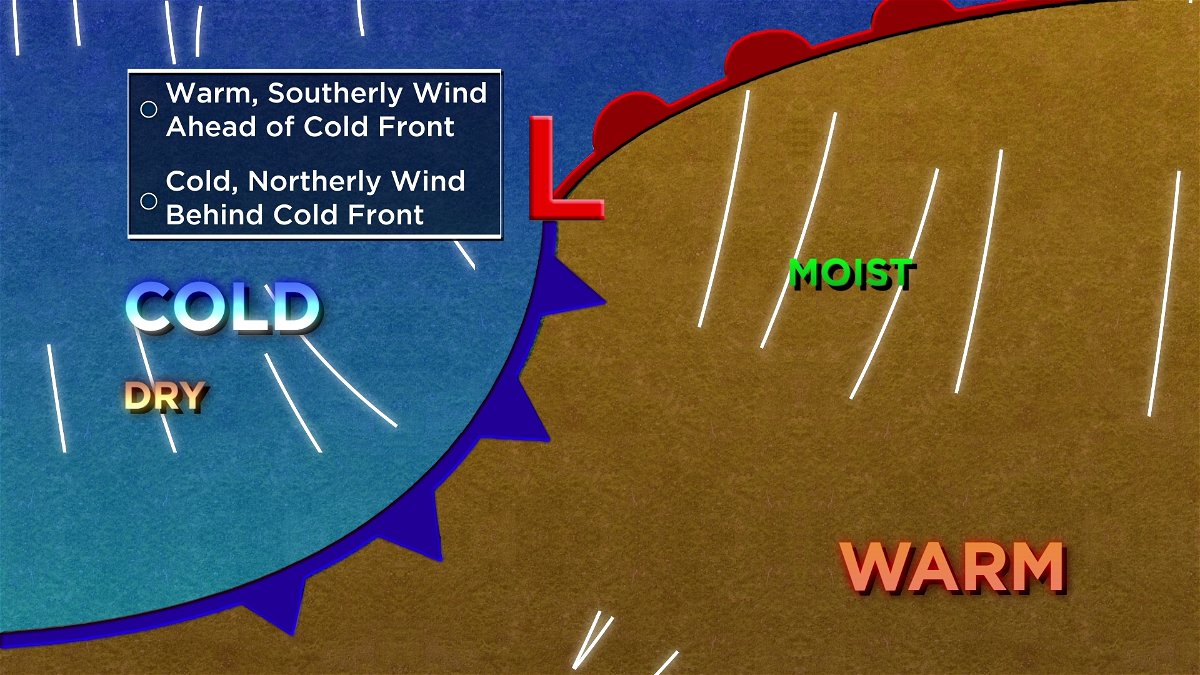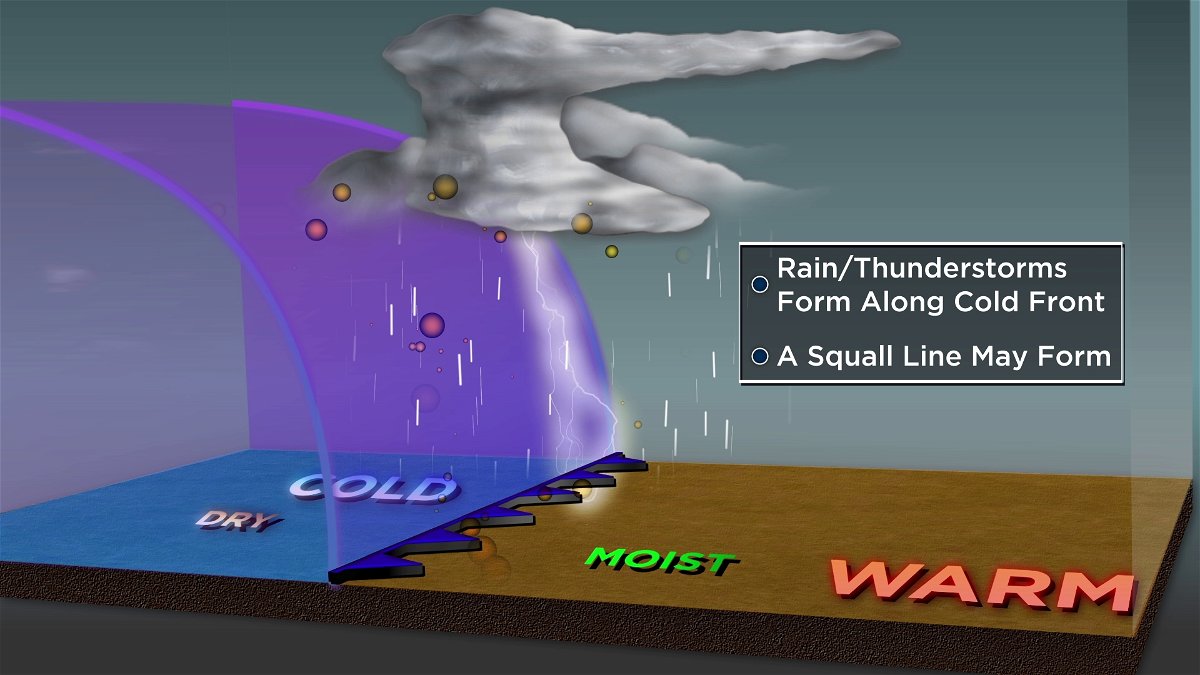Insider Blog: The science behind fronts
Fronts are a meteorologist's bread and butter. Essentially, a front is the boundary between two air masses. Remember that winds flow counterclockwise around low pressure. As a low pressure system forms, cold, dry air is brought in from the north, and warm, moist air moves in from the south.

Ahead of a warm front, there is cool air. Since warm, moist air is less dense and thus lighter, it gradually slopes up and over the cooler air. This can lead to cirrus clouds, fog, some rain, or even snow if the air is cold enough. This process was partly responsible for the snow which fell over parts of the midwest and plains earlier this week.

A cold front, on the other hand, can bring very different weather. Since the cold front usually moves faster than the warm front, it can force the warm, moist air up at a much steeper angle. This often leads to more significant weather along the front such as thunderstorms. It was the cold front which brought blizzard conditions to the plains, severe storms along the Gulf Coast, and flooding in the Northeast.

Fronts are fascinating! It's important to remember that not every system becomes as powerful and impactful as the one that just brought severe weather to much of the country.




